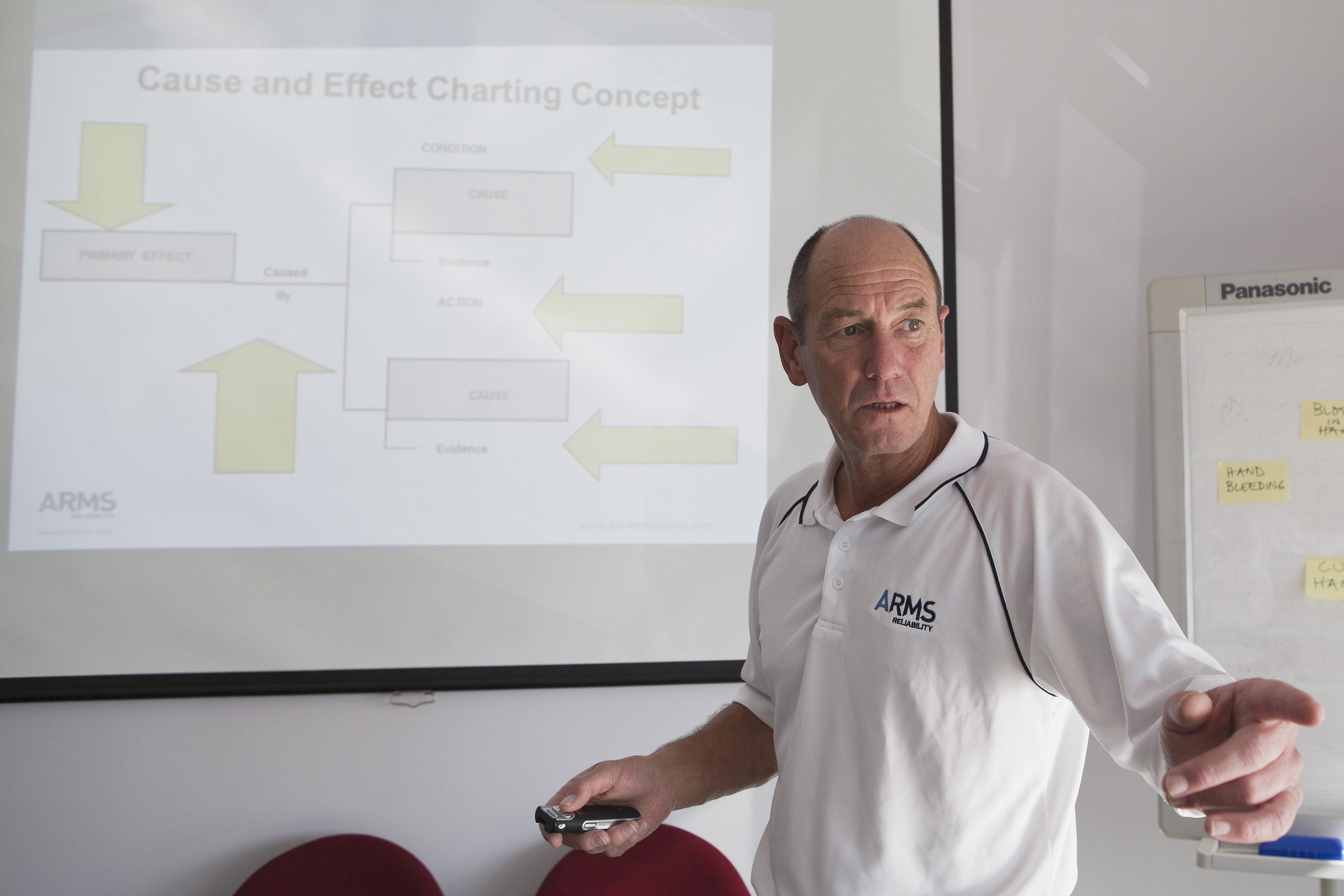By Ned Callahan
1. Identify training which will attract maximum participation for maximum benefit.
The one single thing which affects everybody is change, planned or unplanned.
In the realm of Continuous Improvement, which is about implementing planned changes for efficiency, safety, quantity or quality benefits, the capacity to adapt to change is particularly valuable.
Even planned changes can cause problems which have not been anticipated. Sometimes execution is imperfect. Risk assessment is a particular discipline which aims to identify then minimise possible negative consequences. Expressing these possible negative scenarios as potential problems is a starting point for assessment and the identification of possible controls.
But it is the unplanned changes which are the greatest cost to business. The most adaptable personnel are typically the best learners and effective learning requires acknowledging the past. The adage that “learning from history means not repeating the mistakes of the past…” is often quoted.
In a commercial or industrial sense, past events, past failures, past incidents need to be mined thoroughly to derive the benefits of the experience if they are to be avoided in the future; hence the “lessons learned” expression is widely applied in business analysis nowadays.
There is little doubt that everybody can benefit from the ability to thoroughly and methodically analyse those “mistakes” therefore a targeted problem-solving course ought to be a priority.
2. Provide short, practical courses which challenge conventional thinking.
Any training course exceeding three days is going to test the endurance, not to mention the enthusiasm, of participants. Individuals learn at their own pace and need to feel challenged in order to maintain their concentration and to realise the potential benefits of the course content. One day is barely enough in many cases, two allows for the new learning to settle overnight - the learner will have “absorbed” some key concepts (new neural paths created) and have developed a more critical approach. The third day, if structured appropriately, or even customised to suit the specific needs of the student/client, will ensure that the expected benefits are actually produced in the classroom.
The course itself needs to have sufficient clout – in other words, its impact will far outweigh the “time lost” attitude that often prevails. The students have their other work to do still.
Finding a course that makes them more efficient at solving their current problems would be most appropriate.
3. Utilize a course which encourages cross-discipline co-operation via collaborative exercises.
Most training courses are directed at specialists in particular fields with rich content and “sophisticated” methods. Typically, there is a modicum of small team exercises complementing a lecture type presentation and a plenary session for answers and questions.
Consider a course which benefits the students precisely because they do have different
professional skills, experience and ways of thinking about the world around them. Staged exercises of varying length ensure the students have the opportunity to challenge one another continually in an open, respectful manner while focused on an agreed problem for analysis. The egos and preponderance of “rules” required by the method which makes so much problem-solving activity inefficient, stressful and ultimately unproductive can be neutralised.
4. Require continuing support via web-based resources and specialist advice.
The era of e-learning is well-advanced and having access to a website containing substantial pertinent printable material, multiple video clips as well as interactive simulation exercises to reinforce the student’s understanding is most valuable. All the better if this is provided gratis after the completion of the course.
Furthermore, the trainer will be available for individual facilitation sessions at the organisation, will gladly take back-up calls post-training and will be delighted to cast a critical eye over submitted charts should the student require another objective opinion. This needs to be done in strict confidence.
5. Expect useful software with a perpetual licence.
Software which enables the development of charts, tables and reports in order to concisely communicate the detail of the analysis and its recommendations is almost obligatory.
A digital format of the course may be preferred. This could entail the use of a computer lab or alternatively, students with the licensed, registered copies of the software receive guidance and growing confidence during class exercises. By the conclusion of the course they should be able to produce professional problem reports with effective solutions identified.

